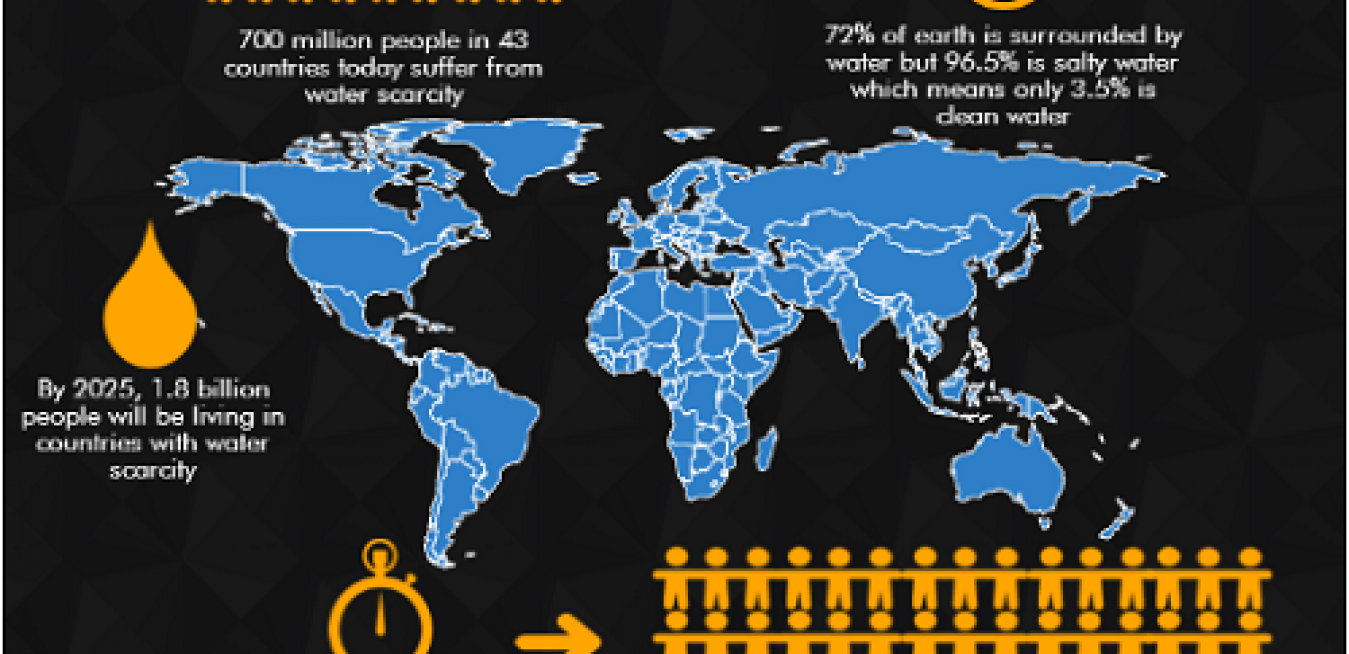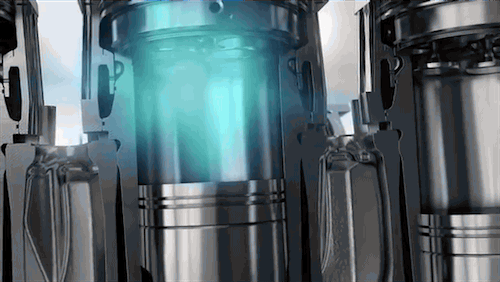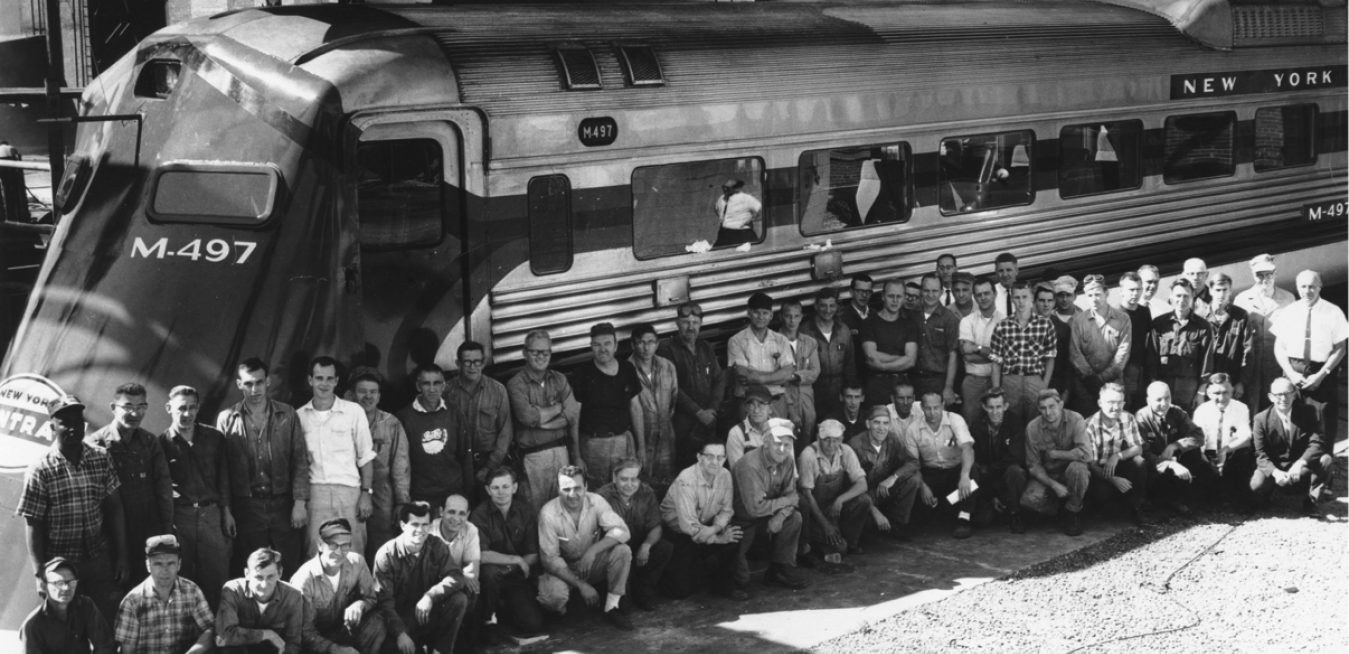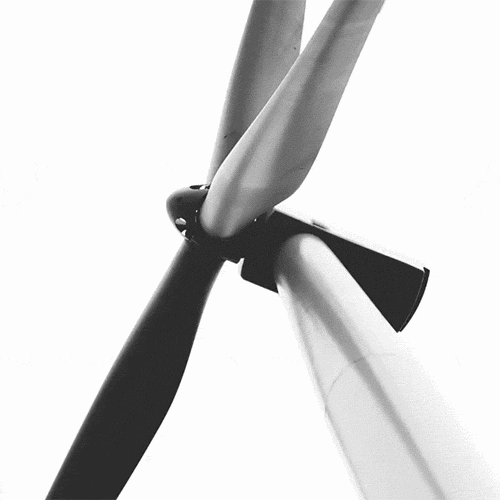When the giant Plessis-Gassot landfill opened its gates outside Paris in the 1960s, Charles de Gaulle was France’s president and Brigitte Bardot its most famous movie star.
Since then, the landfill has gobbled up millions of tons of refuse thrown out by generations of Parisians. That trash is now playing a bright role in France’s renewable energy future. It supplies the country’s largest landfill power plant with enough methane-rich biogas (also called landfill gas) to generate electricity for more than 40,000 French homes.
Germany, like many industrial countries, has been relying on coal and nuclear power to produce most of its electricity. But not for much longer.
The country is in the middle of an ambitious overhaul of its power supply system called Energiewende. When it’s finished in 2050, renewable energy sources like wind, solar and hydro will deliver 60 percent of Germany’s power.















